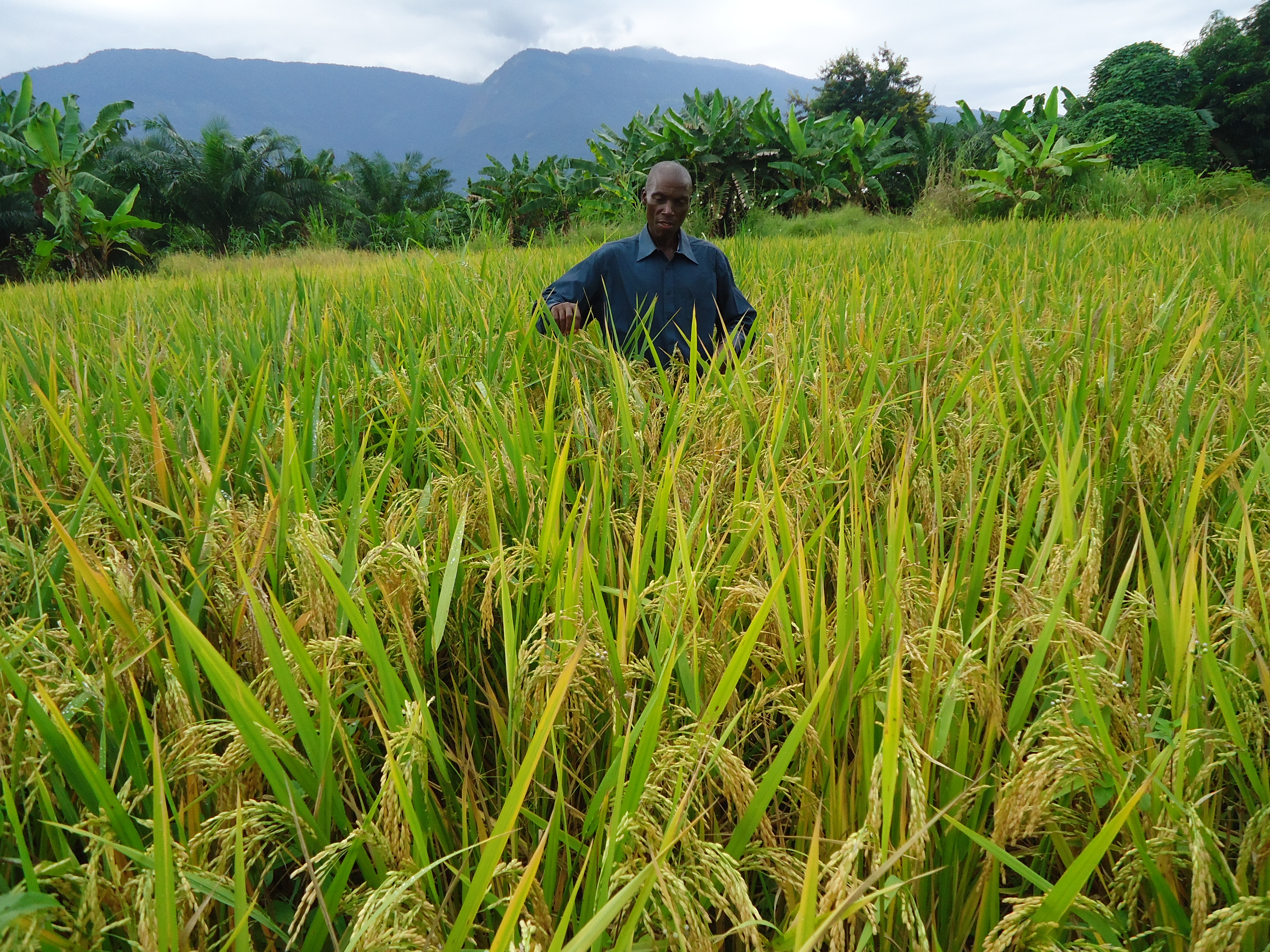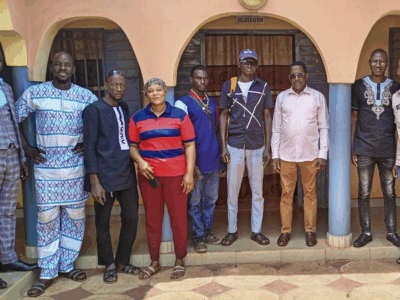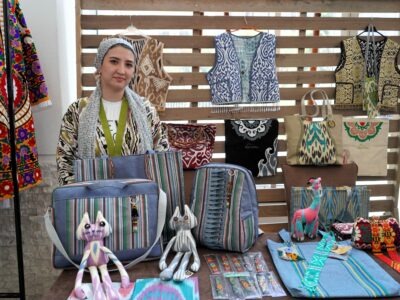
The agriculture sector in Tanzania faces several challenges, including a lack of high-quality inputs, such as seeds and fertilizers, and the poor use of good agricultural practices (GAP) and technologies that would increase productivity.
One reason for this is that small-scale rice farmers in Chitete, a rural ward in the Momba District, have been skeptical of the benefits of GAP and technology transfers. They do not often use fertilizer to improve soil fertility and broadcast their seeds, which is an imprecise method of planting that involves scattering seeds by hand or mechanically over a large area.
In 2017, the Feed the Future Tanzania Nafaka Activity, funded by the United States Agency for International Development (USAID) and implemented by ACDI/VOCA, began working with an association of small-scale rice farmers in Chitete, in the Songwe Region, called UWASNA. Nafaka program activities trained members of the group, made up of 350 women and 850 men, in GAP, finance, marketing, storage, post-harvest handling, and improving farm input supply.
Elia Esiton Simtala, 29, a youth member of UWASNA had the opportunity to learn about improved seed varieties, plant spacing, and fertilizer application through a demonstration plot. The UWASNA group then selected him as one of several youth to establish a one-acre model farm, applying his new skills to demonstrate GAP to the community. He received 10 kilograms of improved seeds, TXD 306 (Saro 5), from the Africa RISING-Nafaka partnership and purchased fertilizer and other pesticides himself.
Elia showcased GAP on his plot and convinced many farmers that these GAP practices were possible not only on small demonstration plots, but also on their own farms, demonstrating in real-time how techniques on demonstration plots are easily adopted to farmers’ own plots. This season, he harvested 30 bags per acre, earning TZS 2,250,000 (USD 988.10), compared to his usual seven to 10 bags.
Elia’s one-acre plot continues to provide a learning space for his fellow farmers. It also provides a space for companies selling inputs, such as seeds, fertilizers, and pesticides, to exhibit how their products perform and improve yields.
Many farmers in Chitete changed their practices thanks to Elia’s work. The local government even honored his contribution by selecting his model farm to be part of the Annual Uhuru National Torch Marathon (Mbio za Mwenge), as a way of showing other farmers how they can benefit from GAP. Elia received a certificate for excelling at GAP as an exemplary farmer.
“I will surely continue with the GAP and encourage my fellow association members and the entire community to emulate the same,” Elia Esiton Simtala, youth member of UWASNA farmers’ association
Nafaka encourages many young people like Elia to use their knowledge and energy to transform farming practices in ways that improve incomes and food security for all.
Learn more about the Feed the Future Tanzania Nafaka Activity.
Learn more about our work in Tanzania.








